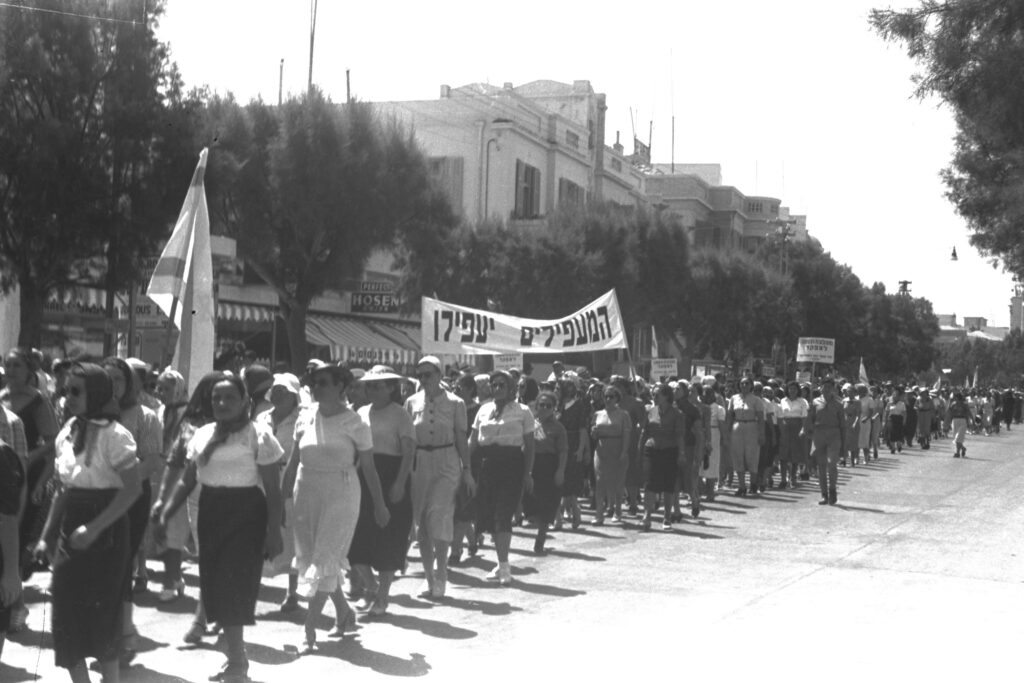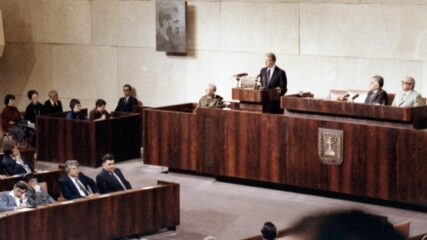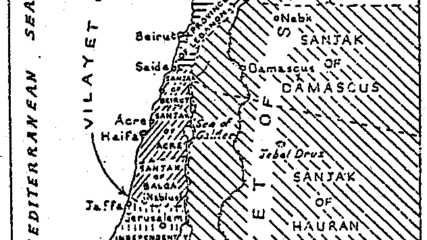May 17, 1939
The 1930s witnessed prolonged Arab violence against the British and Zionists. In late 1936, in the midst of the Arab Rebellion, Britain sent an investigative commission to Palestine to find a solution to the ongoing conflict. Known as the Peel Commission, it suggested partitioning the land into separate Arab and Jewish states and creating an international zone from Jaffa on the coast up to and including Jerusalem.
The Peel plan was never implemented. The Arab community rejected the plan, although Jewish leaders in Palestine who did not like the plan were willing to negotiate.
In May 1939, as the riots are ending, the British issue a White Paper restricting Jewish immigration and land purchase in Palestine. The 1939 White Paper signals Britain’s readiness to relegate the Jews in Palestine to minority status in a future majority-Arab state. Restricting Jewish immigration to Palestine is especially troubling as World War II is about to erupt, soon engulfing European Jews in the Holocaust.
However, by 1939, institutional growth and development for a Jewish state have taken considerable shape. Jewish paramilitary forces continue to grow and protect Jewish settlements. In response to the White Paper, “illegal” Jewish immigration to Palestine slowly but steadily increases. In September 1939, David Ben-Gurion expresses the complexity of Zionist policy in regard to Britain in a famous statement: “We must help the [British] army as if there were no White Paper, and we must fight the White Paper as if there were no war.”









